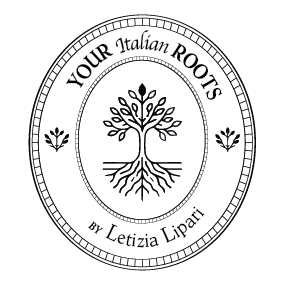
About me
Services

Contacts


Genealogy research services
If you have always wanted to know the history of your Italian family but
don't know where to start
Uncover your family History

About me
Letizia Lipari
I was born and raised in Sicily, in a small town near the sea.
Here I began, as a young girl, to reconstruct my family tree, and then I
moved on to that of others. I have always felt in my element in archives
and libraries. My love for history and stories has been the common thread
that has guided my choices of study and work: after a degree in ancient
literature I began working as a history teacher and as a tourist guide,
and then also as a genealogist.
In September 2020, following a job call, I moved to Piedmont. Can you
imagine a place more distant, physically and metaphorically, from the sea
and Sicily? One day I was on a beach, and shortly after at the foot of the
Alps... Here another adventure began: new work, new challenges, and above
all new stories to discover and new archives to rummage through.
Today I live in Turin, but I periodically return to Sicily, where I spend
part of the year. I continue to regularly visit archives and libraries in
both regions.

Maybe you want to reconstruct your family tree, or you want to learn all
about that ancestor of yours who first left Italy to seek a new life.
Whatever your goal, I can support you on what will surely be an exciting
adventure.
After a (free) preliminary assessment, we can begin the "ancestor
hunt".
All the important events in the lives of our ancestors —emigrations,
marriages, births, sales— have left some trace.
Taken together, these traces can tell us a lot about the -often intense and
surprising- lives of the people from whom we descend.
Blog

Subheading
Body text for whatever you’d like to add more to the subheading.

Subheading
Body text for whatever you’d like to expand on the main point.

Subheading
Body text for whatever you’d like to share more.
Genealogy research
Through genealogy research we can uncover your family history, going
back through generations. I can trace your family tree back to the
earliest possible ancestor, or I can try to find out everything about
that mysterious great-grandparent you've heard so much about.

Transcription and translation
Did you inherited a box on hand-written, old Italian letters and don’t
know how to decipher them? I can help you with that.

Ancestry tours
As a tour guide, I can accompany you to discover your
ancestors' hometowns. You'll literally walk in their
footsteps, discovering the traditions and culture of their homeland,
and perhaps meeting living relatives you never knew you had.
Email
letizia@youritalianroots.com
What service are you interested in












